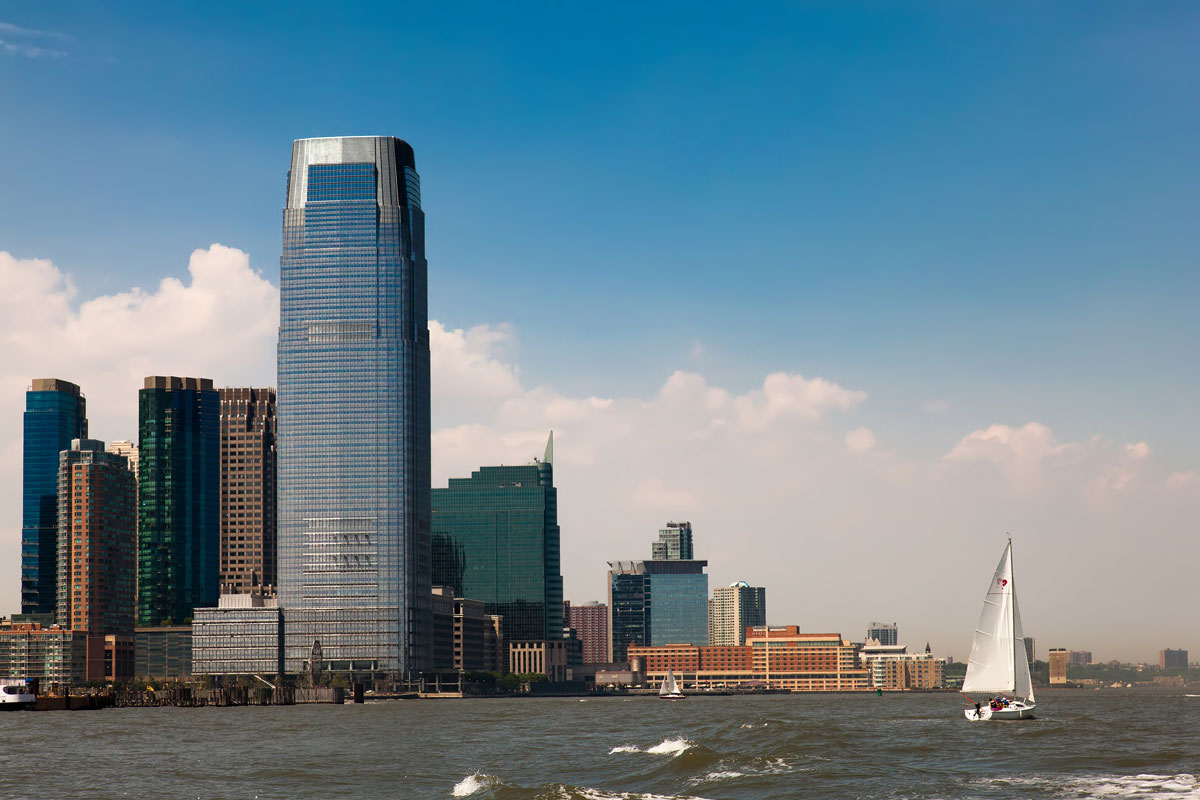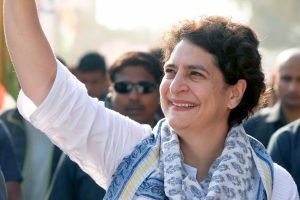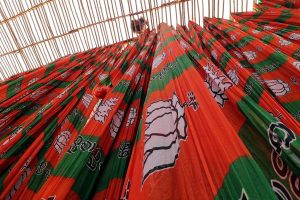American brokerage firm Goldman Sachs on Wednesday lowered India’s GDP forecast to 1.6 per cent for FY2020-21, making it the lowest multi-decade expectation.
The global research had previously predicted a growth of 3.3 per cent for the fiscal year. The latest forecasted 1.6 per cent GDP growth will be deeper than the commonly perceived recessions India has experienced in the 1970s, 1980s and 2009.
Indian policymakers have not been aggressive enough in their response till now to the crisis, and will need to eventually intensify their efforts, wrote Andrew Tilton, Goldman Sachs’ chief Asia-Pacific economist in a co-authored report with Prachi Mishra.
It can be noted that growth was estimated to slide to a decadal low of 5 per cent for FY20 even without the pandemic, and the virus outbreak has only worsened the woes.
Many economy experts have been downgrading the growth rate forecasts amid coronavirus concerns with some estimating a contraction in the first quarter of the fiscal, but this is the lowest forecast for the year as a whole yet.
“We now expect sequential real GDP growth (quarter-on-quarter seasonally adjusted and annualised rate) of -1.4 per cent in Q12020 (revised down from 3.5 per cent), -3.8 per cent in Q2 2020 (revised down from -2.0 per cent), +2 per cent, 7.5 per cent in Q3 and Q4, respectively, and further strong gains of +11 per cent in Q1-2021. This takes our FY21 GDP forecast down to 1.6 per cent on an annual average basis,” wrote Tilton and Mishra.
The leading global brokerage firm expects a strong economic recovery in the second half of the fiscal year, based on three assumptions. First, the three-week lockdown which is expected to be removed only in a staggered fashion. Which will further lead to a reduction of new cases over the four-six weeks.
Second, it believes that the government has so far limited the fiscal easing, therefore, it expects the Centre as well as the state governments to give additional fiscal stimulus.
Lastly, it expects the Reserve Bank of India (RBI) “to continue with its monetary easing policy, along with liquidity infusion measures. While more forceful policy support could present some upside risk, the recovery could further be delayed if the pandemic is not brought under control globally and domestically over the next few months,” Tilton and Mishra wrote.
“Despite the policy support so far, and our expectations of more, we believe that the nationwide shutdown, and rising public anxiety about the virus are likely to lead to a sharp deterioration in economic activity in March, and in the next quarter,” it added.
The growth slowdown is different from previous recession episodes because there is fear in the minds of citizens which were not present earlier, it said.
“Our sense so far is of a less aggressive policy stimulus by Indian policymakers compared to, for example, 2009,” it said, adding it hopes more actions will follow both from the RBI and the government on top of the 0.75 per cent rate cut and the stimulus package of ₹1.75 lakh crore that they have initiated, respectively.












